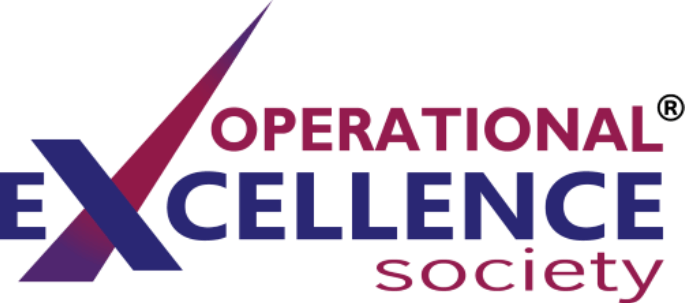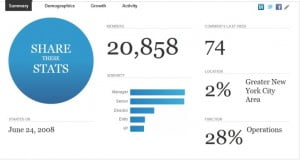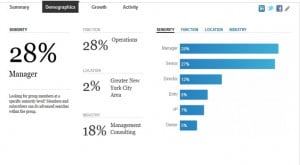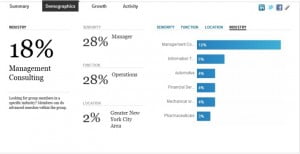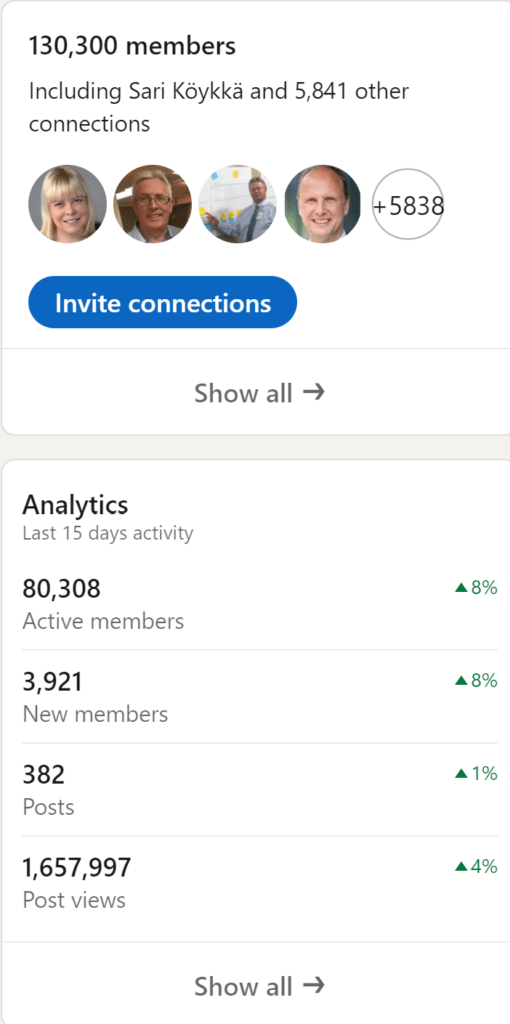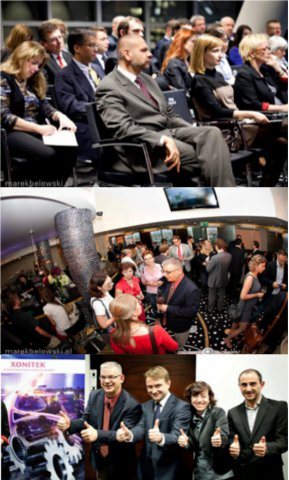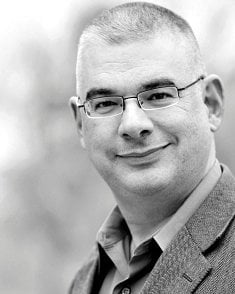The Operational Excellence Society
Several years ago, I discovered that one of the technology partners of my firm had a nickname for me – it is “CJ”. For the life of me, I could not figure-out how they came-up with that as a nickname. I mean, my brother’s name is Christopher John – so that would actually make some sense. But he never worked with me at the firm and there is no way anyone would confuse the two of us.
So the mystery remained for some time – until one day, I was able to coax (coerce?) one of the employees of the technology partner to give-up the secret. He confided in me that “CJ” was short for “Crazy Joe”.
I laughed out loud. Then, of course, asked why?
He proceeded to tell me that everyone at the company believes me to be crazy and offered several examples as to why. Almost always, it was some story (all true) of some idea I had that was definitely outside the box. How I would: enthusiastically argue the idea, be rebuffed, tell top management they lacked strategic vision, proceed to do it anyway without their support, and be successful.
All along the way, there would be the normal exchange of emails – some of which would challenge sensibilities. I always try to be delicate and diplomatic – using the “Marquess of Queensbury Rules” for eMails as best I can – but I am not always successful.
However, being considered crazy (but not actually being crazy) is probably the most liberating label that one can ever hope to have pinned on them. Think about it – if people think you are crazy, then you can do almost anything you want! Of course, for this to actually work long-term, you have to be consistently correct and successful – otherwise, perhaps you are crazy.
In honour of St. Patrick’s Day this week!
The “History”…
I have been a member of the Institute of Industrial Engineers (IIE) for many years. I have been on the Process Industries Division (PID) Advisory Board for almost as many. A few years ago at one of the Annual Conferences, I talked with some colleagues about a gap that I felt existed in their messaging and teaching. This gap was resulting in the failure of Continuous Improvement (CI) initiatives to reach their full potential benefit. This gap was the lack of training and consideration of Leadership, Teambuilding, Communication and People-Skillsas a necessary component in realizing the full possible return. During this conversation, I made the claim that to achieve “Operational Excellence”, a company MUST consider the interests of the employees and incorporate the people-development skill into the CI program.
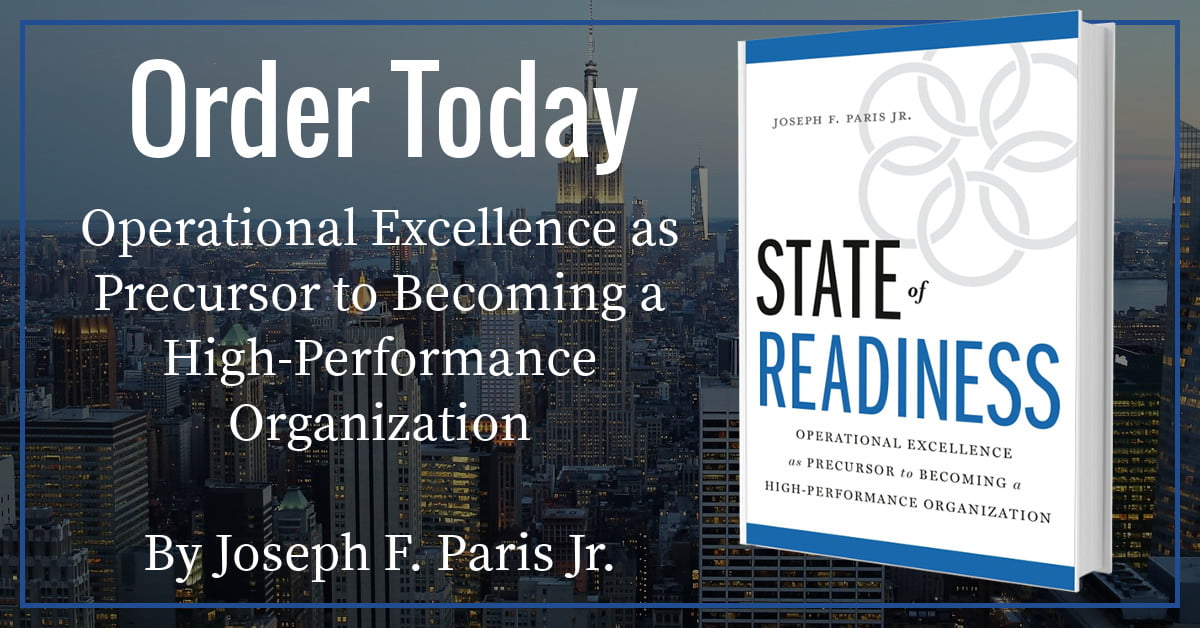
There seemed to be no real interest (at least amoung the people with whom I was chatting) and I carried the conversation on by myself – creating the “Operational Excellence Group” on Linked-In. The group was created on a whim – but I wanted a “sandbox in cyberspace” where I could collaborate with like-minded people and build my ideas for what Operational Excellence might be – and how it might be achieved. I eventually settled on the following as the mission-mantra of the group and of the discipline.
To pursue Operational Excellence is to be dedicated to the continuous and deliberate improvement of company performance AND the circumstances of those who work there – to pursue “Operational Excellence by Design” and not by coincidence.
… Of course this mantra is subject to changes and improvements over time – which is most appropriate given the objectives of the group.
I didn’t really pay too much attention to the goings-on in the Group until I received a notice in June of 2011 from Linked-In that the group membership had grown to 10,000 and I had to request permission to exceed this number.
10,000 people are a member of this Group that I created? Who are these people? Where are they from and what do they do? What are they discussing? Since the Operational Excellence Group is a closed group, only people who are members can see the content. So how did they find out about it to even want to join? I spent the next few weeks closely following the activities in the group and looking at the membership.
By September of 2011, the group had grown to 15,000. See Group Statistics below:
Updated Statistics; 2023
Between the statistics and the discussions, it became apparent that there was a real thirst for knowledge and capability – but also that what worked in one place (facility, company, geography) was not directly transferable to another. Certainly, the tools and techniques were fine enough, but the incarnation of their deployment would vary by degrees.
“Think globally, act locally”
The Kernel…
I was contemplating this information and musing with my colleagues of its relevance and what can be done to bring real value to – and derive real value from – such a large and diverse group of professionals. Our natural tendency was to expand our use of Social Media and to leverage technology such as webinars.
Taking a more active role in the management of the Operational Excellence Group on Linked-In certainly was easy enough and the results were as tangible as they were immediate. We send weekly Group Announcements which highlight the goings-on inside the group – and we diligently manage the Discussions so that they are appropriate to the group demographic.
However, bringing it from the broad group to the one-on-one proved more difficult. Although people conduct webinars, there are time-zone issues involved if it’s done live. Whether the webinar is conducted live or a recorded broadcast, you still don’t gain the one-on-one collaboration and resultant free-flow of ideas and energy.
So the challenge is; how can we take it from cyberspace and make it face-to-face?
Back in Binghamton, New York (where I was born and raised), I was a member of theSouthern Tier Opportunities Coalition (STOC) – and still am. The STOC is an organization whose mission is to build awareness of the business goings-on in the Greater Binghamton region (including Owego, Elmira and Corning) and to share opportunities and best-practices that might exist. The meetings were like a mini-TEDx (with a single speaker) and I always tried to make as many meetings as possible because they were enjoyable and the conversation was always interesting.
Their meetings were organized thusly;
– They are held on the second Monday of every month.
– They are held at the same place every month (with very few exceptions)
– They always start at 1730h
– The meetings start with commentary from the President followed by;
- a presentation that lasts 30min to 60min then
- open discussion which lasts until it’s over and
- business networking and cocktail reception.
Why couldn’t we organize such a meeting, but for professionals dedicated to (or maybe just interested in) Operational Excellence? The fact is, we could organize such a meeting and thus was born the Operational Excellence Society.
But if we build it, will they come?
The Launch…
It was decided that the “beta version” of the Operational Excellence Society would be launched in Warsaw Poland and Munich Germany – my having offices in each of those cities and with me being in Frankfurt.
The inaugural meetings took place in November of 2011 and both were a huge success; with close to 70 in attendance in Warsaw and 30 in attendance in Munich. The mix of delegates closely mirrored what the Group Statistics showed; mostly business leaders, consultants and people in operations – and all participants demonstrated an enthusiasm for the concepts and for the formal launch of the Chapters.
What did surprise me was the level of interest from some of the largest firms over that of the smaller, family-owned, businesses or “Mittelstand”. Most of the delegates, certainly the most engaging delegates, came from “Fortune-1000” companies – household names most people will recognize. I have always found this unusual; in that I always felt that mid-market firms would greatly benefit from such knowledge and capability – perhaps, as a percentage of EBITDA, even more-so than the Fortune-1000 firms.
We also gained endorsement from the Lean Management Journal (based in London, UK and one of the most prestigious trade journals dedicated to Continuous Improvement) who agreed to be a Media Sponsor for the Society and who now regularly include Chapter goings-on in their monthly publications.
I recently attended a meeting of New York City Chapter of the Operational Excellence Society and had the great pleasure of listening to a discussion by Mr. G. Michael Johns, a Senior Executive at FSBO (a consultancy) and former Continuous Improvement Leader at Honeywell / Allied-Signal entitled, “Effectively Engaging Leadership”.
Mr. Johns did an outstanding job netting-out the fundamentals that a CEO and his/her leadership-team need to have in place to ensure the highest probability of success for an Operational Excellence program. Leveraging the acronym, “CEO“, Mr. Johns highlighted what he believes these letters truly stand for: C-Commitment, E-Engagement & O-Ownership and creating a resultant “Action-Plan” for defining and executing in each area.
The audience could find little fault with the major hypotheses of the discussion, but rather focused the follow-on discussion and debate in exploring the details of “CEO” – with a great emphasis placed on deployment and the pitfalls to avoid.
One of the biggest debates (and most energized) was related to how much involvement – and how much latitude and power – does the leadership relinquish to the stakeholders in the initial stages when the objectives and program are being defined. There is a fine-line where the leadership must make a decision to stop the analysis and begin to implement; but at the same time they need to ensure the “ownership” transfer occurs successfully.
The real take-away and value of the Chapter meeting was found in the follow-on banter and debate that ensued amongst the members during the networking session and dinner. One follow-up eMail I received sums up the energy and enthusiasm amongst the members was that of an executive from Bank of America/Merrill Lynch who stated, “The presentation by Michael Johns was great. He shared some valuable experiences with us. I would suggest that we share this content with the members who attended this evening. The names of the companies and people in the presentation are not important. The important thing was the concept and for the members to take these experiences with them; which is what the Operational Excellence Society is all about.”
With such initial success and grass-roots support, we have had to make considerable efforts to control the roll-out of new Chapters – for the relevance and staying-power of the endeavor is entirely dependent on consistently delivering a quality offering.
To date, and in addition to the Chapters in Warsaw and Munich, we have successfully launched Chapters of the Operation Excellence Society in; Abu Dhabi and Dubai in the United Arab Emirates as well as New York City.
And our plans for expansion start with the launching the Chapter in Frankfurt Germany this month (March 2012) with the remainder of the planned Chapter launches for 2012 to include:Dhaka; Bangladesh; Ljubljana, Slovenia; Istanbul, Turkey; Monterrey & Juarez, Mexico;Atlanta, Georgia; and London, United Kingdom.
Maybe I am crazy – or maybe I just don’t know any better that it can’t be done.
Be on the lookout for a Chapter coming near you…
Joseph F Paris Jr is the Chairman of the XONITEK Group of Companies. With over twenty years as entrepreneur, academic and professional instructor, and strategic consultant – he is a champion of Operational Excellence (Lean Six-Sigma and Leadership) who has devoted himself to increasing stakeholder-value for his clients and constituents.
Contact him at parisjf@xonitek.com

